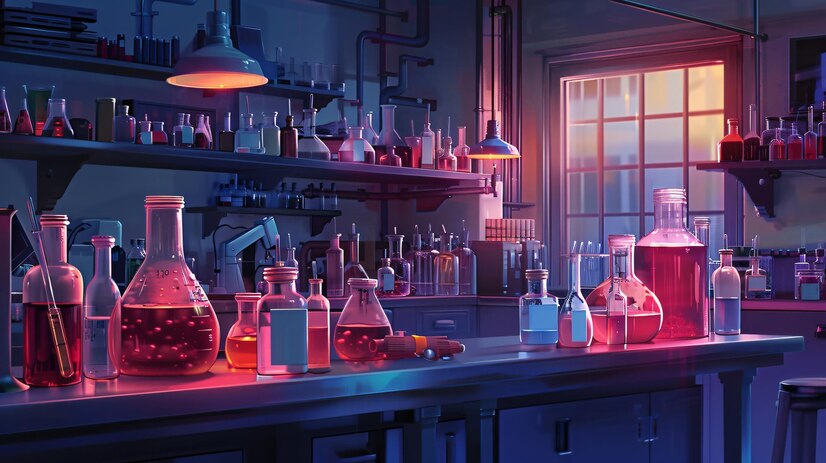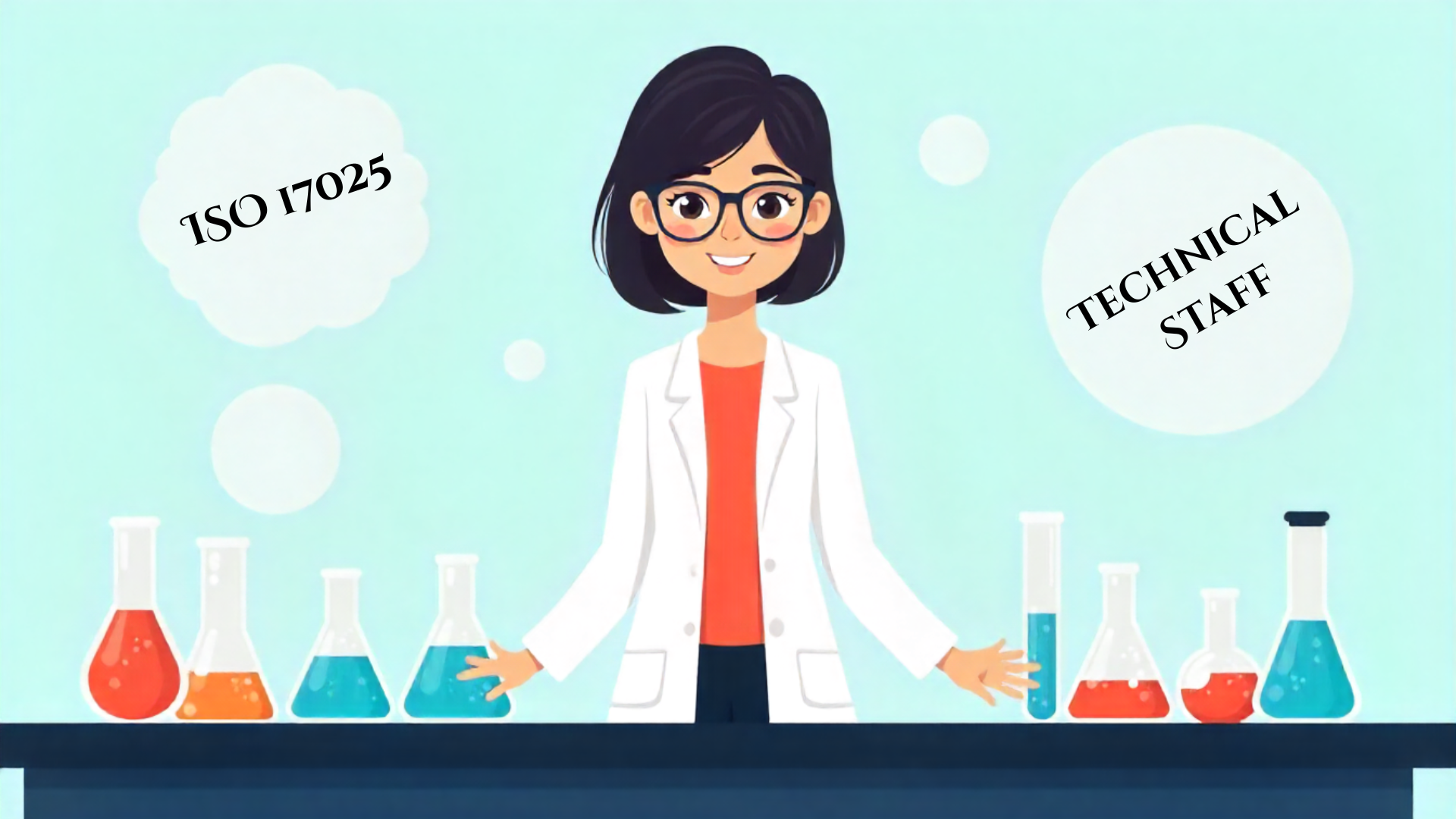If you’re running an independent testing or calibration lab, managing a manufacturing company’s in-house lab, or steering a university’s research facility, you’ve probably bumped into the term ISO 17025 certification more than once. But what makes it such a big deal? Honestly, it’s not just some bureaucratic hoop to jump through—it’s a statement of trust, precision, and reliability.
Here’s the thing: when your lab’s results impact safety, quality, and innovation, “good enough” just won’t cut it. ISO 17025 certification steps in as the gold standard for proving that your lab operates with technical competence and produces valid results. It’s like a badge that says, “Yep, you can count on us.”
So, What Exactly Is ISO 17025 Certification?
At its core, ISO 17025 certification is an international standard that outlines requirements labs must meet to show they are technically competent. That means everything from staff qualifications to equipment calibration, from method validation to record-keeping—all in tight alignment to produce reliable data.
Think of it like the recipe for a flawless soufflé. You need the right ingredients (skilled personnel), the correct measurements (calibrated equipment), and the proper timing (consistent procedures). Miss one step, and the soufflé collapses; miss one part of your lab process, and results can go sideways.
This certification is especially vital for labs that want to prove their credibility not just to local clients but globally. Because when labs have ISO 17025 certification, their results can travel across borders without losing trust.
Why Should Your Lab Care? More Than Just a Fancy Title
You might be wondering, “Is this just about looking good on paper?” Not really. Let me explain.
- Confidence in Results: When your clients get their data back, they need to trust it. ISO 17025 certification reassures them that the results are accurate and reliable—no guesswork.
- Consistency: The certification pushes labs to adopt consistent testing and calibration processes. This means fewer errors, less rework, and more happy customers.
- Global Recognition: If your lab operates internationally or aims to, this certification breaks down barriers. It’s a passport of sorts for your testing services.
- Continuous Improvement: It encourages labs to regularly evaluate their performance and make improvements—a cycle that keeps your lab sharp and competitive.
- Risk Reduction: Complying with ISO 17025 certification reduces risks related to faulty data, which could otherwise lead to product recalls, safety issues, or research setbacks.
Basically, it’s not just a stamp; it’s a serious step toward ensuring your lab’s work actually means something.
Who’s Getting ISO 17025 Certification? And Why?
Imagine you run an independent calibration lab that services everything from aircraft parts to medical devices. Every measurement you make could be life-critical. For you, ISO 17025 certification is the difference between being a trusted partner or just another vendor.
Or picture a manufacturing firm with an in-house lab testing raw materials daily to ensure flawless production. Without this certification, how can the company guarantee quality consistently?
Then there are research institutions and universities, where experimental data forms the backbone of scientific papers and breakthroughs. Having ISO 17025 certification ensures that published data stands up to scrutiny—no shaky numbers that undermine years of hard work.
So, it’s clear—this certification fits like a glove across a variety of lab types, each with its unique reasons but sharing the same goal: accuracy and trust.
Getting Your Head Around the ISO 17025 Certification Process
Here’s the real talk. Getting certified isn’t a walk in the park—but it’s far from a nightmare if you know what you’re doing. Here’s a rough map of the journey:
- Gap Analysis: First, check where you stand. What’s missing in your current lab practices compared to the requirements of ISO 17025 certification? This is your starting point.
- Planning: Prepare a plan to tackle the gaps. It might involve training staff, upgrading equipment calibration methods, or improving documentation.
- Implementation: Now, roll up your sleeves. Document procedures, train personnel, and tweak your testing methods. This phase can feel like rearranging the lab furniture—but it’s crucial.
- Internal Audit: Before the big day, perform an internal audit. Think of it as a dress rehearsal, revealing weak spots or inconsistencies that need fixing.
- Apply for Certification: Submit your application to the certifying body—an accredited organization authorized to assess your lab’s compliance with ISO 17025 certification.
- External Audit: Auditors visit your lab (or sometimes conduct virtual inspections). They check whether you’re really doing what you said you were and if your data is rock-solid.
- Address Non-Conformities: Chances are, some minor issues pop up. Fix them, submit evidence, and await final approval.
- Get Certified: Once you pass, you receive your ISO 17025 certification—and can proudly show it off.
Sounds like a lot, right? But every step is a chance to make your lab stronger, more reliable, and better prepared for future challenges.
A Closer Look: What Does the Standard Demand?
You know, people often think of standards as just dry rules. But ISO 17025 certification mixes strictness with flexibility—because labs vary widely.
Here are some key elements labs need to nail:
- Personnel Competence: Your analysts and technicians aren’t just button pushers; they must be qualified, trained, and evaluated regularly.
- Equipment Calibration and Maintenance: Measuring instruments must be regularly calibrated against recognized standards. Ever tried baking bread with a wonky oven? Same idea.
- Test Method Validation: Methods need to be checked to make sure they work correctly and consistently for your specific tests.
- Environmental Conditions: Labs must control temperature, humidity, and cleanliness since these can affect results (think of how chocolate melts on a hot day).
- Traceability of Measurements: Every result must be traceable back to national or international standards—a clear chain of custody for your data.
- Quality Management System: Your lab must document procedures, handle complaints, manage non-conforming work, and continuously improve processes.
Not light reading, but totally doable—and worthwhile.
Why ISO 17025 Certification Is a Trust Magnet for Clients and Partners
Let’s get real. When clients or partners see that ISO 17025 certification logo, it sparks a sense of reliability. Imagine you’re a buyer sourcing materials tested by multiple labs. Would you pick the one with no formal proof of accuracy or the one whose results you know have a proven track record?
Plus, it often speeds up contract negotiations and approval processes since buyers have fewer questions about your credibility. Your lab becomes a preferred choice simply because you have that certification.
Research institutions find this especially useful when collaborating internationally or publishing papers. The data’s integrity is unquestionable, which can influence funding decisions or reputational standing.
The Digital Side of ISO 17025 Certification: Embracing Technology
Here’s an interesting tangent. Just like many industries have moved toward digital tools, labs embracing ISO 17025 certification are leveraging software and automated systems for data management, audit tracking, and calibration scheduling.
Imagine an electronic Laboratory Information Management System (LIMS) that logs every test result, flags overdue calibrations, and stores digital SOPs for instant access during audits. It’s not just tech for tech’s sake; it makes compliance easier and more reliable.
And during those audits? Digital records are a blessing—no more rifling through filing cabinets or searching for handwritten notes.
Common Hiccups and How to Smooth Them Out
No journey is without bumps. Labs seeking ISO 17025 certification often stumble on:
- Incomplete Documentation: Skipping over documenting a procedure might feel harmless but throws up red flags during audits.
- Inconsistent Training Records: Auditors want to see proof everyone is up to speed.
- Uncalibrated Equipment: Sometimes calibration schedules slip, especially with older instruments.
- Poor Non-Conformance Handling: Ignoring mistakes instead of investigating and correcting can be a dealbreaker.
The fix? Set up clear schedules, conduct internal audits regularly, and foster a culture that treats quality as everyone’s responsibility—not just the manager’s.
Keeping ISO 17025 Certification Alive: It’s a Marathon, Not a Sprint
Achieving ISO 17025 certification is a milestone, but it’s also the starting line for continuous quality assurance. Labs must keep records updated, train new staff, and adjust to changing technology or scientific standards.
Scheduled surveillance audits keep labs on their toes. It’s like a health check-up—regular, preventive, and reassuring.
Wrapping It Up: ISO 17025 Certification as Your Lab’s Secret Sauce
If you think about it, ISO 17025 certification is more than a tick box. It’s the secret sauce that turns a regular lab into a trusted hub of precise, reliable testing and calibration. It elevates your team, impresses your clients, and future-proofs your operations.
So whether you’re running an independent lab measuring air quality, a factory lab testing materials, or a university lab crunching experimental data, ISO 17025 certification is the partner that keeps you honest, sharp, and respected.
You know what? It might take some sweat, but the payoff? Totally worth it.




